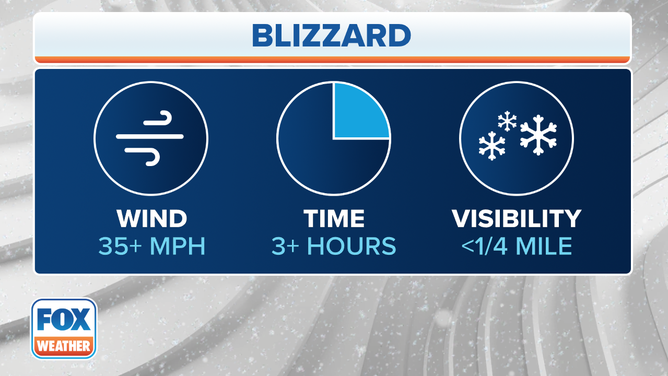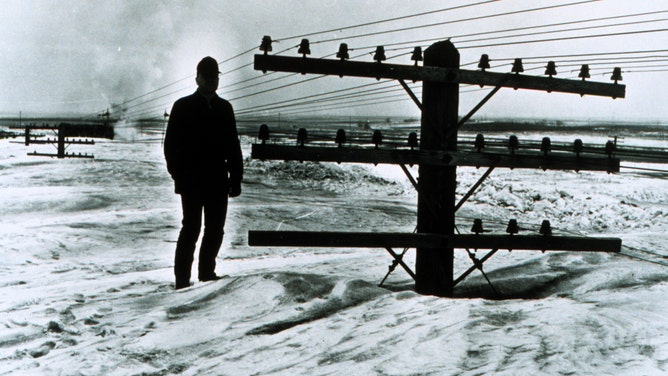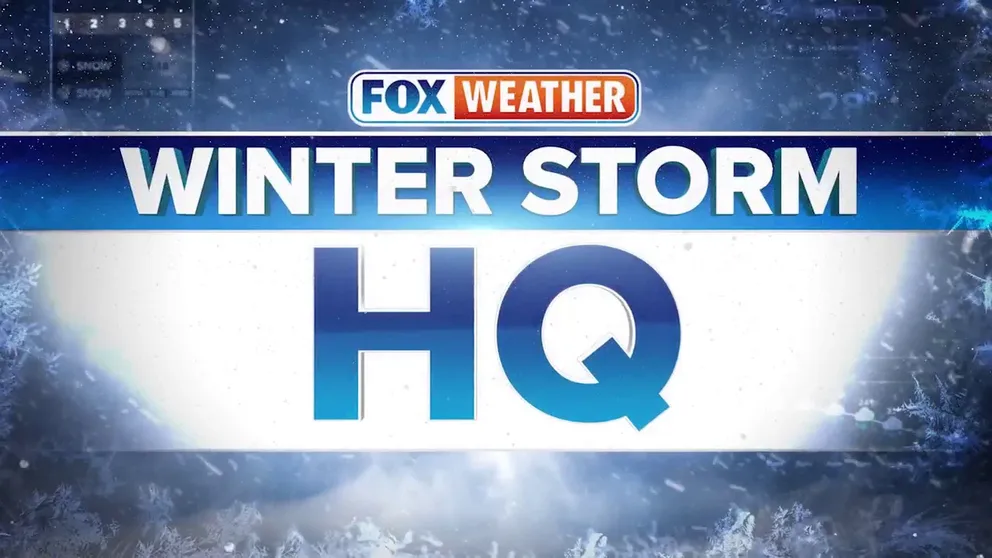What makes a blizzard different from an ordinary snowstorm?
There are three criteria a snow storm must reach to become an official blizzard, and the amount of snowfall isn't one of them.
What is a blizzard?
There are three criteria a snowstorm must reach to become an official blizzard.
Glancing out the window at a raging snowstorm may make you say, "Wow, it's a blizzard out there!" but it might not be a blizzard unless three crucial criteria are met.
First, it has to snow hard enough to reduce the visibility to less than 1/4 of a mile. That's just over 1,000 feet or roughly three football fields.
FOX Weather Winter Storm HQ Minute: Blizzard Alley
FOX Weather Winter Storm Specialist Tom Niziol breaks down where "Blizzard Alley" is and why the area receives so much snow.
WHAT YOU SHOULD KNOW ABOUT BLOWING, DRIFTING SNOW
Second, the wind does not just blow but howls. The National Weather Service doesn't consider it an official blizzard until wind gusts reach at least 35 mph.
Finally, you need the first two criteria to last or expect it to last three hours or longer.

(FOX Weather)
Put all three together, and you have an official blizzard. Temperature and snowfall amounts are not considered in the definition, but you can surmise that both will also be a significant factor in most blizzards.
If it's even close to freezing, and you add in 35 mph wind gusts, you're talking at bare minimum wind chills in the low teens. Most blizzards will be colder and windier with even lower wind chills.
HERE'S WHY 'BLIZZARD ALLEY' IS IN THE NORTHERN PLAINS
Heavy snow combined with strong wind will also create large snowdrifts that can bury wind-exposed landscape parts under feet of snow. The great blizzard of 1966 reportedly had snowdrifts of 30-40 feet in the Northern Plains leading to this incredible photo taken in North Dakota — though it's believed the worker was standing next to a shorter utility pole next to a train track, not a standard height telephone or power pole.

North Dakota DOT worker Bill Koch standing next to a set of utility poles after a blizzard in 1966.
(Ernest Feland, North Dakota State Historical Society and NOAA/NWS archives)
And intense blizzards that bring near whiteout conditions can make travel extremely treacherous. Those caught outside, especially in rugged, mountainous terrain, can become disoriented and lost.

